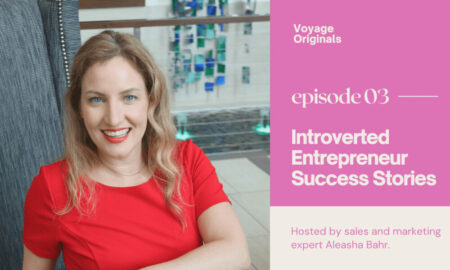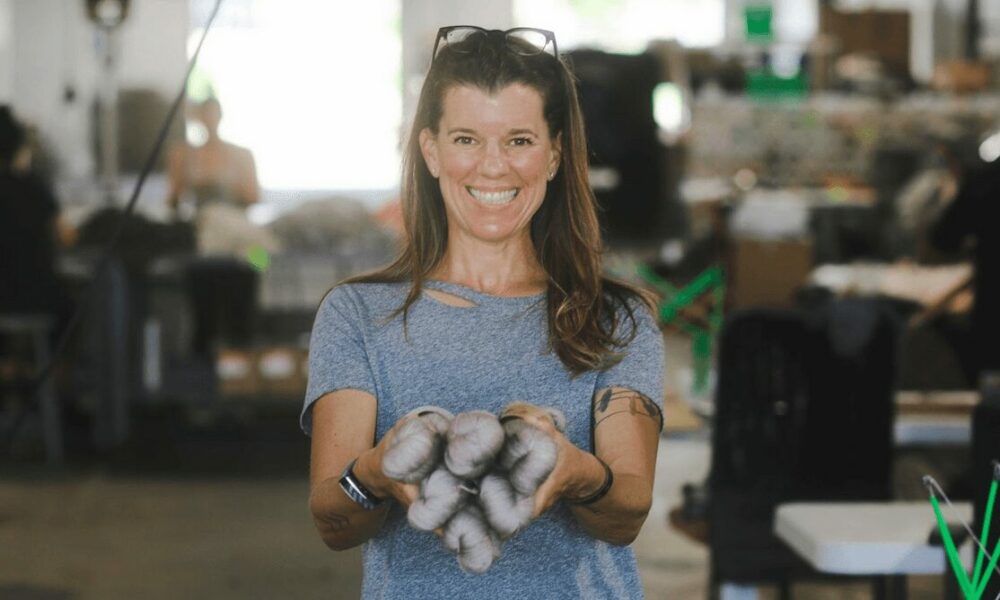

Today we’d like to introduce you to Laura Zander
Hi Laura, so excited to have you with us today. What can you tell us about your story?
My husband used to tease me that I was “cool like Jimmy,” the guy with the coolest trailer in the park – from the Todd Snider song, “Doublewide Blues” – and the name stuck. We were Silicon Valley software engineers, making great money and then the dot com bubble burst in 2000.
We moved to Reno to reinvent ourselves and gain more control over our lives. Our thought was to start a software consulting business. But that was harder than it sounded. I took a knitting class somewhere along the line and became obsessed. People outside our little tea cozy of an industry have no idea that it’s an entire world. Fashion, technique, tools, global culture, agriculture, textile science, art and international commerce. It encompasses everything in this odd little microcosm where people are smart, creative, community-minded and curious. We moved to our vacation home in Lake Tahoe, and after doing some research, I decided to open a coffee-yarn shop in a sweet little 500-square-foot space in Truckee, Calif.
We named it Jimmy, because of the song, Beans – because we were selling gourmet coffee at the time – and Wool for the yarn. It was 2002 and I thought we might be able to do $30,000 a year out of that shop. In 2003, we launched jimmybeanswool.com. And by 2007, we were doing a $1 million in business.
That’s a lot of yarn balls.
It’s hard to believe, but today Jimmy Beans Wool is a multi-million dollar business with a huge online presence, a large brick-and-mortar store and warehouse in Reno, Nevada and an enormous footprint in Fort Worth, Texas from which we dye and ship yarn and accessories. We’ve acquired five additional brands: della Q, a maker’s accessories and organization company, Madelinetosh, one of the world’s finest hand-dyers of yarn, Simply Shetland, a distribution company that allow us to provide heritage yarns from Jamieson’s of Shetland to the American market, Dream in Color, another fabulous hand-dyed yarn business, and Shibui Knits, a much-loved, luxury yarn brand that we’ve rolled into Madelinetosh.
We also launched Yarn Citizen, a sustainable brand that produces yarns from luxury and upcycled fibers at affordable prices.
The entire wholesale enterprise now operates as the Maddytosh Group, making it easier for local yarn shops to order across all our brands and save on shipping.
We’ve come a long way.
Alright, so let’s dig a little deeper into the story – has it been an easy path overall and if not, what were the challenges you’ve had to overcome?
The only thing smooth about running a yarn company is some of the yarn!
The popularity of knitting and crochet is cyclic. We were fortunate that when we opened, knitting was red hot. Crafting took off in the aftermath of 9/11; people were cocooning and finding comfort in working with their hands. Y2K fashion helped out with the skinny scarf thing, a trend that converged with the novelty yarns so popular at the time. Everyone started knitting scarves. We had ladies coming into the shop from Lake Tahoe and dropping $500 on fun fur. It was nuts.
Crafters also started connecting through blogs, which helped fuel the yarn boom, enabling us crazy fiber folk to find each other, share projects, recommend yarns, shops, etc. New yarn shops were opening constantly. Celebrities were photographed knitting or modeling their creations in magazines like Vogue Knitting. Other magazines – print and online debuted – we opened our online doors in 2003 and the timing was incredible. We were one of two large online players, and it changed everything.
Booms, however, don’t last. But we didn’t base our business on “let the good times roll.” We knew from our experience in tech that what goes up can also come down. Instead we prioritized core values like innovation, adaptability, data and committed to providing personalized service with the goal of giving online shoppers the same local yarn store experience that we offer in our brick-and-mortar location. As a result, we have built an incredibly engaged, loyal customer community who come to us again and again for their yarn and supplies.
We’ve been blessed, too, with an amazing team, people who love this industry and want to inspire seasoned makers as well as bring younger people into the fold. Our emphasis on building strong relationships with our team, mills, customers, and other local yarn shops has been instrumental in building trust and loyalty over the years.
That’s the good stuff. It’s one thing to say we’ve been smart acquiring these brands and making it work, but there’s been nothing easy about it. Our company may sound big, but we’re just a large player in a tiny industry. We’re technically a small business, so when we do something big like acquire a company like Madelinetosh, integrating businesses from Reno, which is where Jimmy Beans is based, and Fort Worth, which is where Madelinetosh is housed, it took work and so many changes – changes that are ongoing. All I can say is that it worked, it was hard, tears were shed, and Madelinetosh continues to produce stunning hand-dyed colors that reflect the team’s artistry and quirky sense of humor, and occasionally they indulge me by looking at some spreadsheets.
To say, we’re grateful is an understatement. Team Tosh worked like only people who really love yarn can work to turn that brand into an inspirational industry juggernaut. They blow my mind every day.
Alright, so let’s switch gears a bit and talk business. What should we know?
Right now, we operate two retail businesses – Jimmy Beans Wool, a customer-focused brick-and-mortar + online yarn store that serves and inspires yarn crafters worldwide – and Madelinetosh, which sells its hand-dyed-in-Fort Worth yarns directly to consumers.
This year, we also launched the Maddytosh Group, which moved all five brands that we wholesale to yarn shops under one distribution umbrella and location; everything now ships from our warehouse in Fort Worth, Texas. This gives us economies of scale, lets us leverage expertise in our employee base across brands and gives our B2B customers one point of contact for five premium yarn brands.
Rather than get into the weeds with all five brands, I want to talk mostly about Madelinetosh, which is one of our largest brands and it’s a born-and-bred Texas company that the founder started in her Fort Worth kitchen in 2006. Doug and I acquired it in 2019 with the intention of preserving the company’s proprietary dye technique and the quirky personality that made it – as we like to say – so Tosh, while also improving the customer experience for retail and wholesale customers.
Nearly 20 years ago when Madelinetosh was founded, sock knitting was having a moment, and even knitters who shy away from wild colors were happy to get a little crazy with their socks. Madelinetosh took the industry by storm. The stunning, glazed colorways enraptured knitters, so much so, people started collecting colors like baseball cards. Everyone loved it. I loved it. Plus, the yarns were just delicious, soft, well-constructed, really high-quality. When the opportunity arose to purchase the company, I literally started vibrating. I wanted to do it so badly.
We’re now five years post-acquisition and Tosh has matured into this irreverent, highly creative enterprise that blends wild artistry and Texas bad-assery with customer service, cultural and trend awareness and a deep commitment to community. Some of it has been me and Doug with our spreadsheets and data targets and getting our hands dirty. But a lot of it is the Tosh team.
The company maintains a 1,700-plus color Madalogue library and launches dozens of new colors annually. It’s home to the MT Community Love Fund, which provides support to diverse organizations, including Texas non-profits like Project Welman, which distributes reusable creative supplies to teachers and The Family Place, which supports victims of domestic violence.
Plus, they’re keeping it weird over there – I about died when they launched a mini-skein club (Tosh minis are called Unicorn Tails) dedicated to foraging mushrooms, seaweed and lichen. Totally sold out. They don’t let me kill their buzz. That’s for sure.
In most acquisitions, the culture of the acquired company gets subsumed. I’m super proud that hasn’t happened with Madelinetosh.
Here’s a question I get asked all the time: Why does hand-dyed yarn cost so much? Our team of artisan dyers at Madelinetosh in Fort Worth dye all Madelinetosh yarns and yarn for some of our other brands. Each technique is different. Everything is done in small batches. And it requires months for dyers to acquire the skills they need to do this meticulous work. When we acquired Madelinetosh, we were – and remain committed – to hand-dyeing domestically in Texas. Much of the yarn we use comes from a Fair Trade-certified, Responsible Wool Standard-certified mill in Peru, which means that the people who raise the yarn and sheep that grow it and those who mill it are treated fairly and working in ways to limit environmental impact. The Merino wool in Madelinetosh yarns? Gorgeous, high-quality stuff. Every color we produce requires R&D on the part of our top dyers, often several iterations of one color before it’s “right.” Then there’s all the creative product development work on the front end and marketing on the back end. None of this comes cheaply, but it does create colors and yarns that make knitters and crocheters reach for Tosh yarns on repeat. Every hand-dyed skein is a work of art that’s a pleasure to hold in your hands.
If you had to, what characteristic of yours would you give the most credit to?
My professional life is yarn. Knitting it, thinking about it, counting it, selling it, sourcing it. While Doug works to make our online enterprise go technologically, I have yarn in my hands every day.
I’ve designed a scarf or two in my time, but so much of my knitting life is making samples to showcase various yarns and patterns online or in-store. I focus a lot on metrics – I am an engineer – and on inventory tracking. You can imagine the number of SKUs we have. Tens of Thousands!
I also do a fair amount of travel to visit yarn shops, attend yarn shows and occasionally visit our mill in Peru. I travel from our home in Reno to Fort Worth quite a bit. The Tosh stockists we have in Texas are awesome, and I love working with our team at the color factory. What happens in the dye kitchen really is magic. (Though everyone in Texas has threatened to stage a rebellion if I buy another company.)
I read constantly, mostly about business and trends, right now Think Like a Monk by Jay Shetty and for fun the Kay Scarpetta mystery series by Patricia Cornwall. Our son starts 10th grade soon. Oh, yeah, and I play tackle football on a pro women’s team in Reno, the Nevada Storm! Life is full.
Contact Info:
- Website: www.madelinetosh.com
- Instagram: https://www.instagram.com/madelinetosh
- Facebook: https://www.facebook.com/madelinetosh
- Twitter: www.twitter.com/madelinetosh
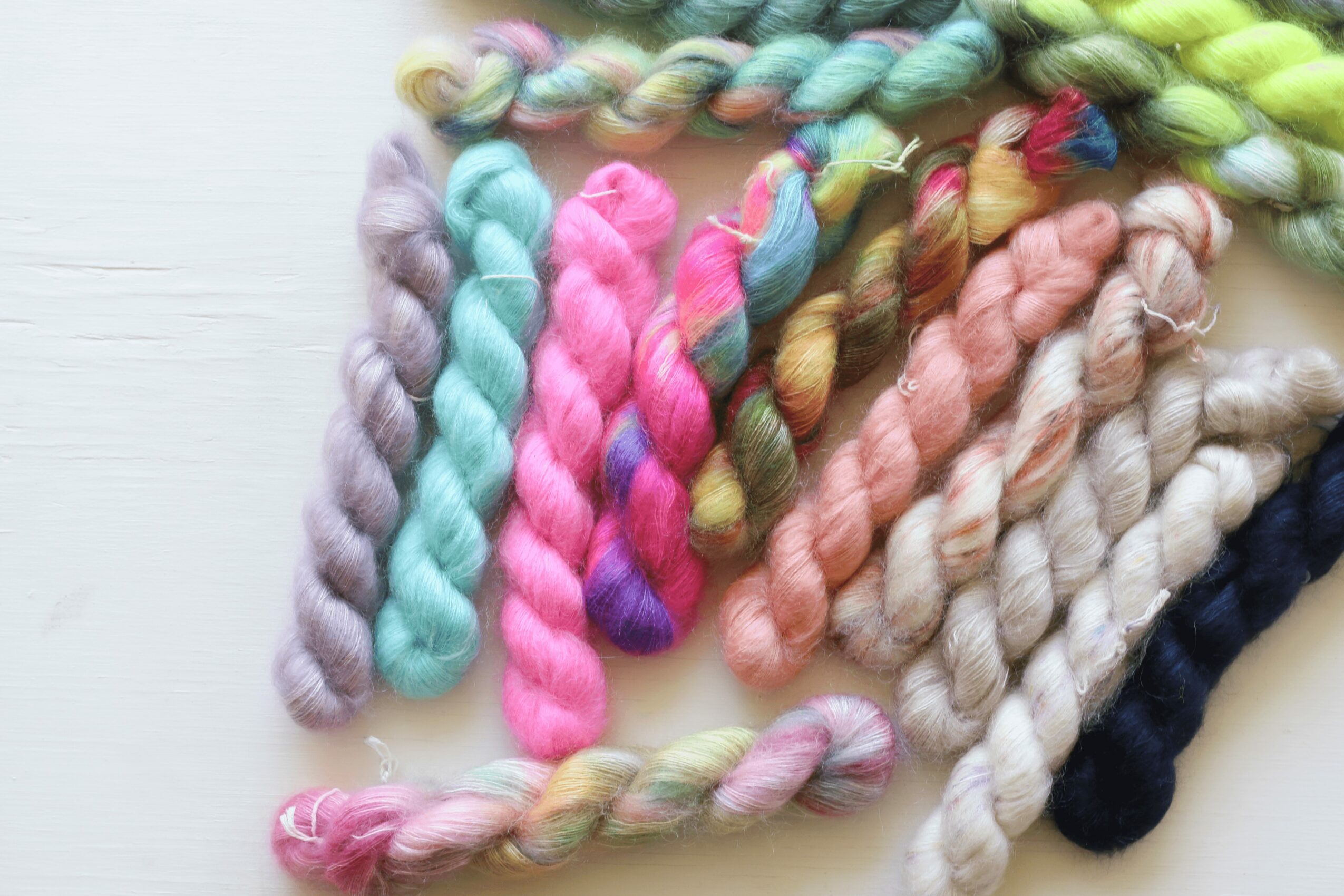
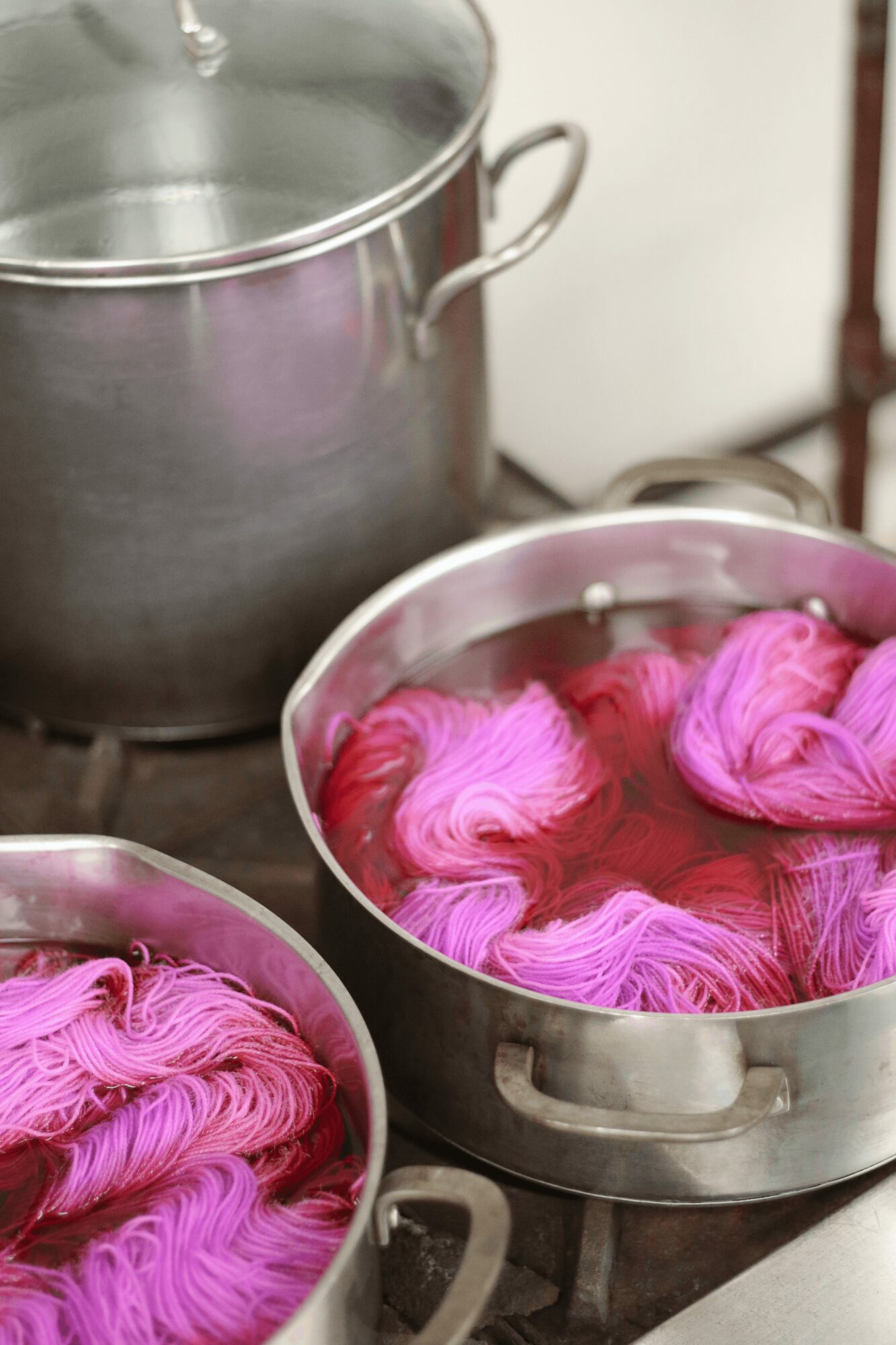

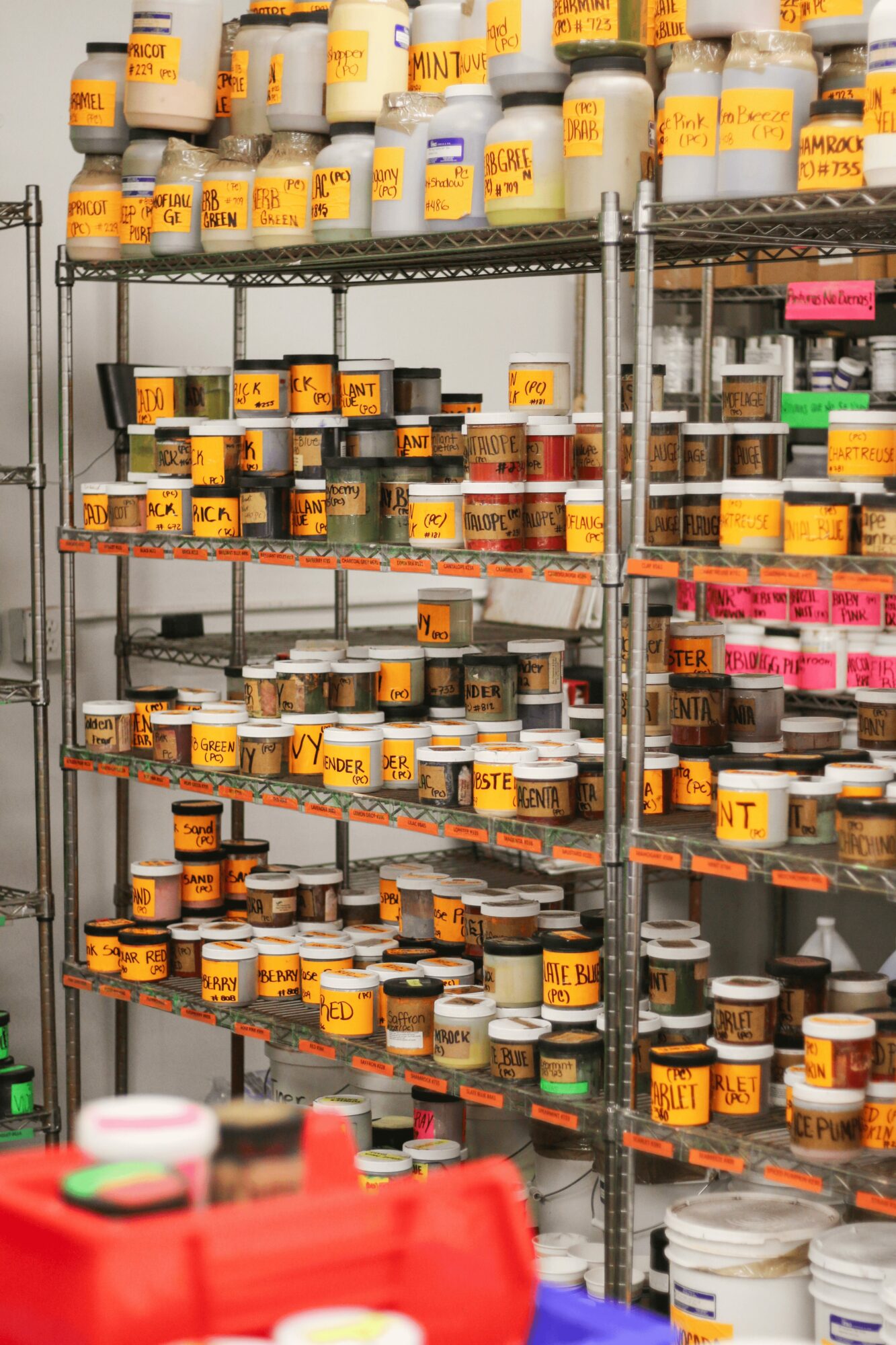
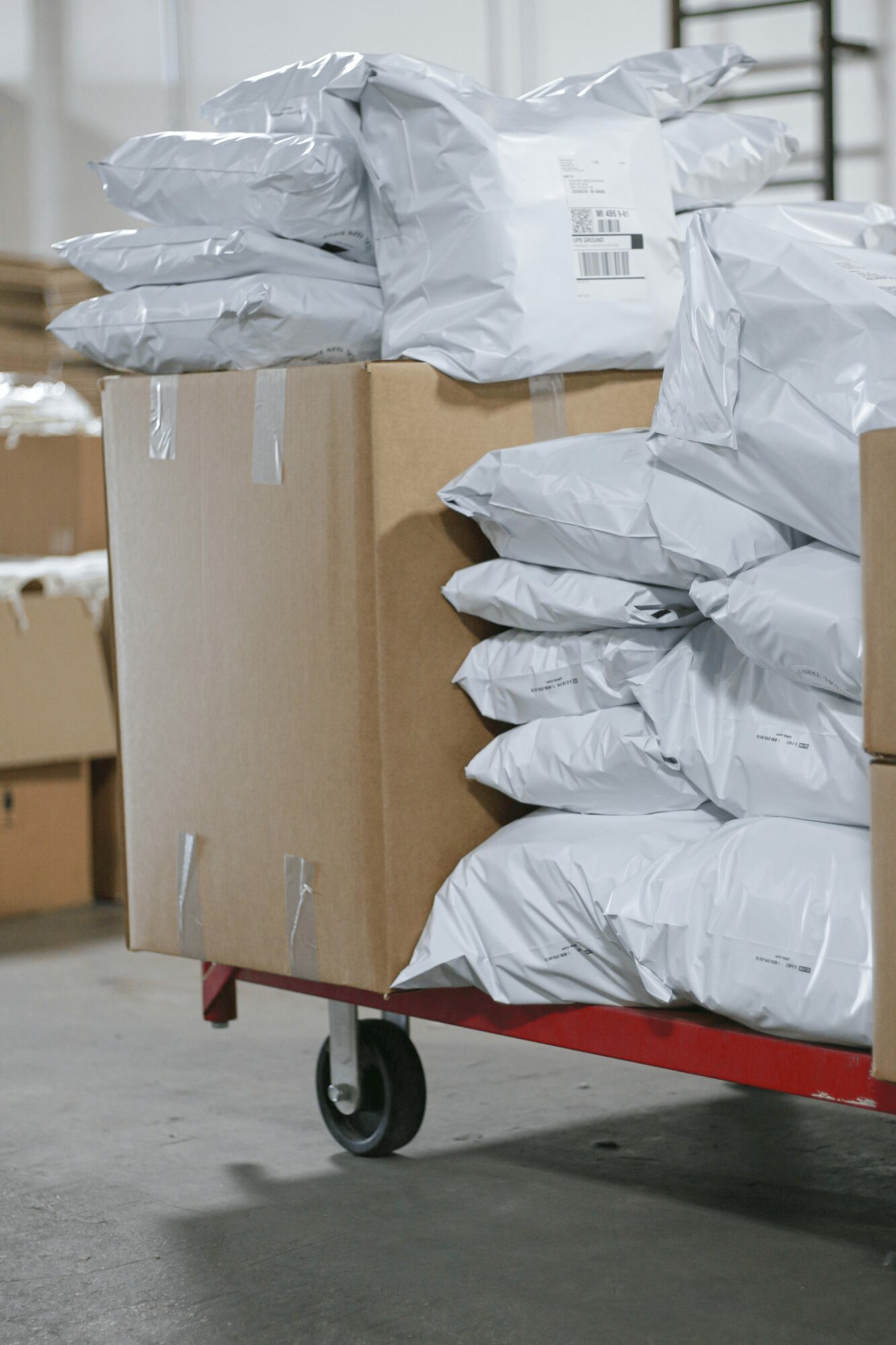
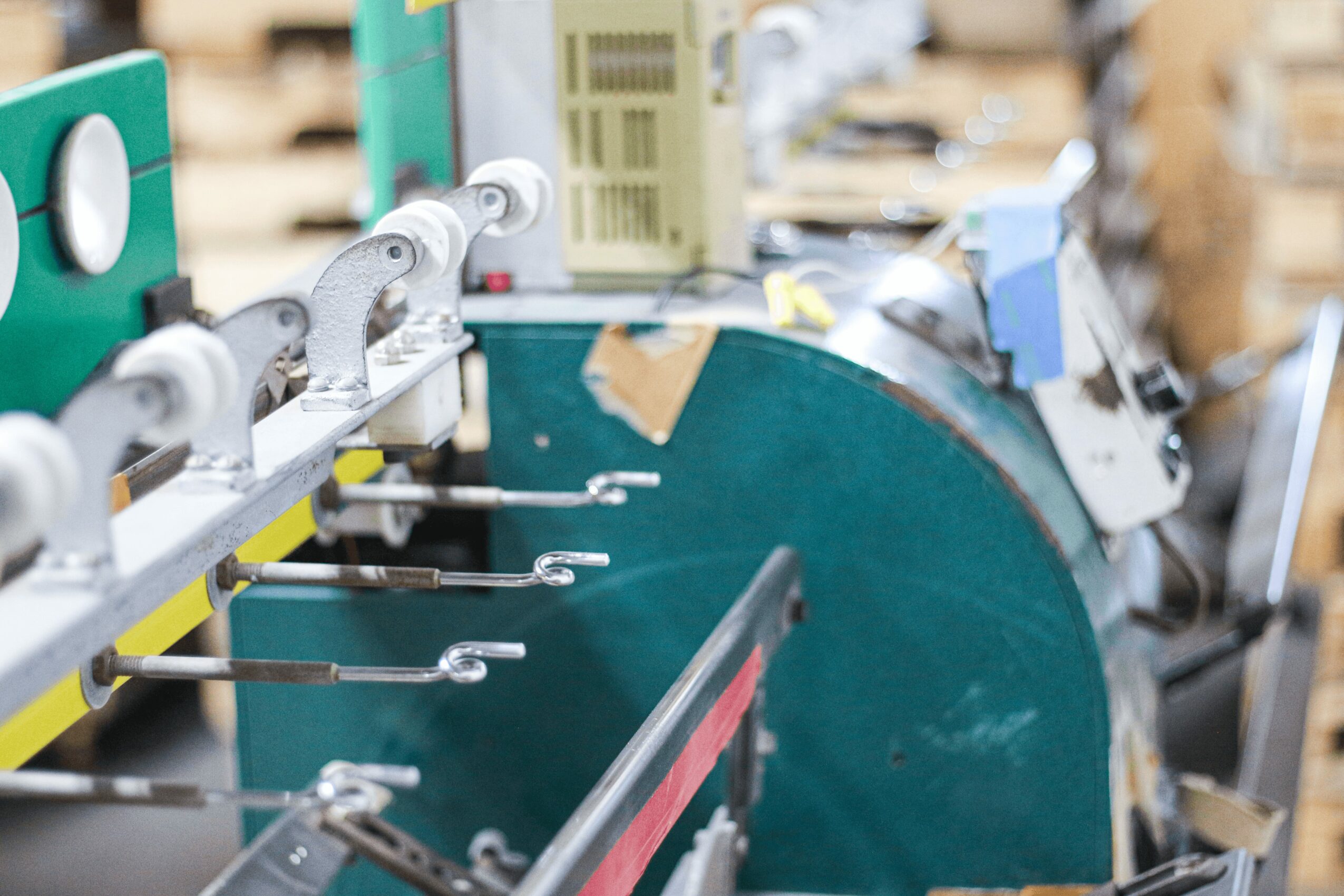

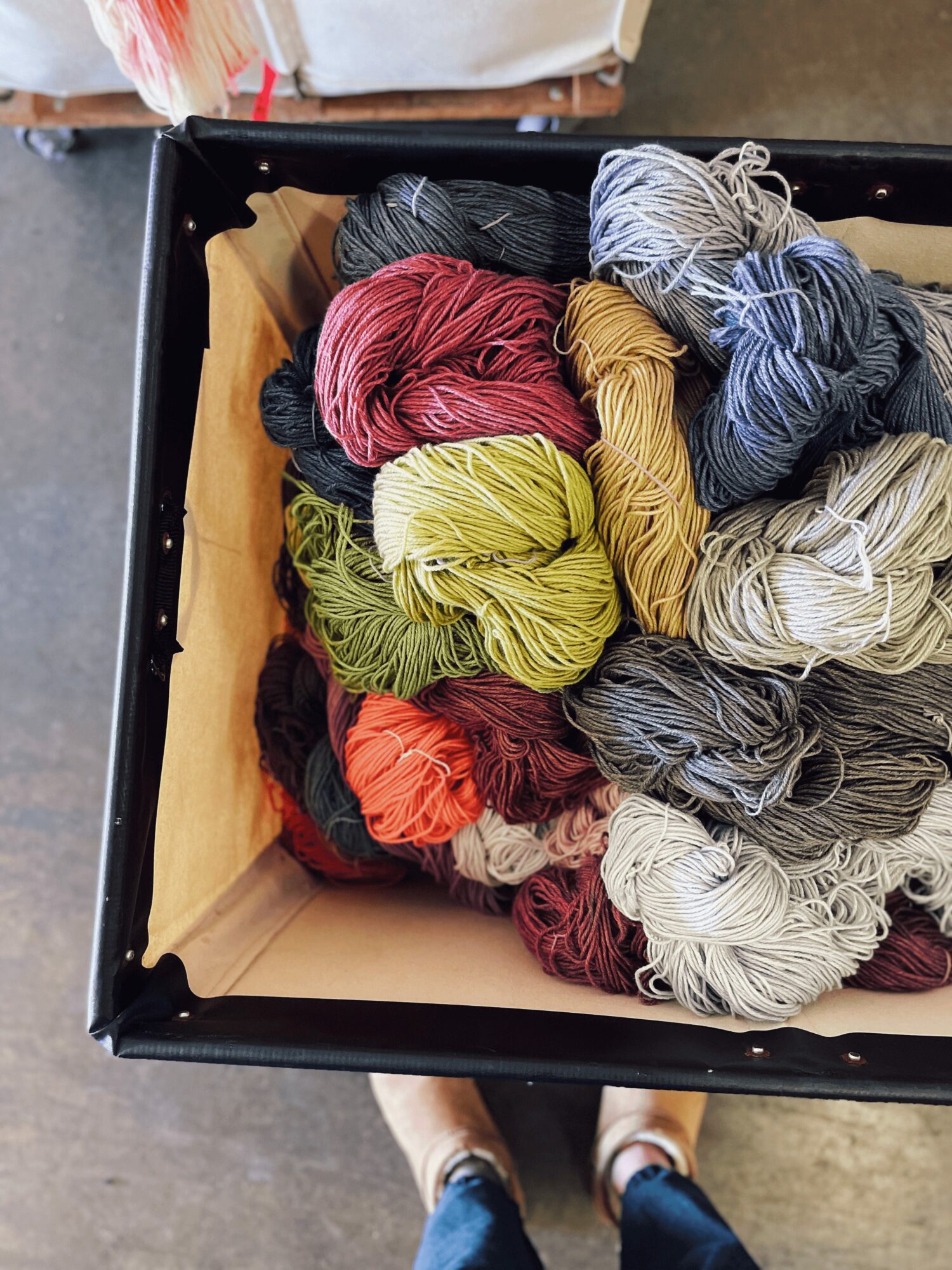

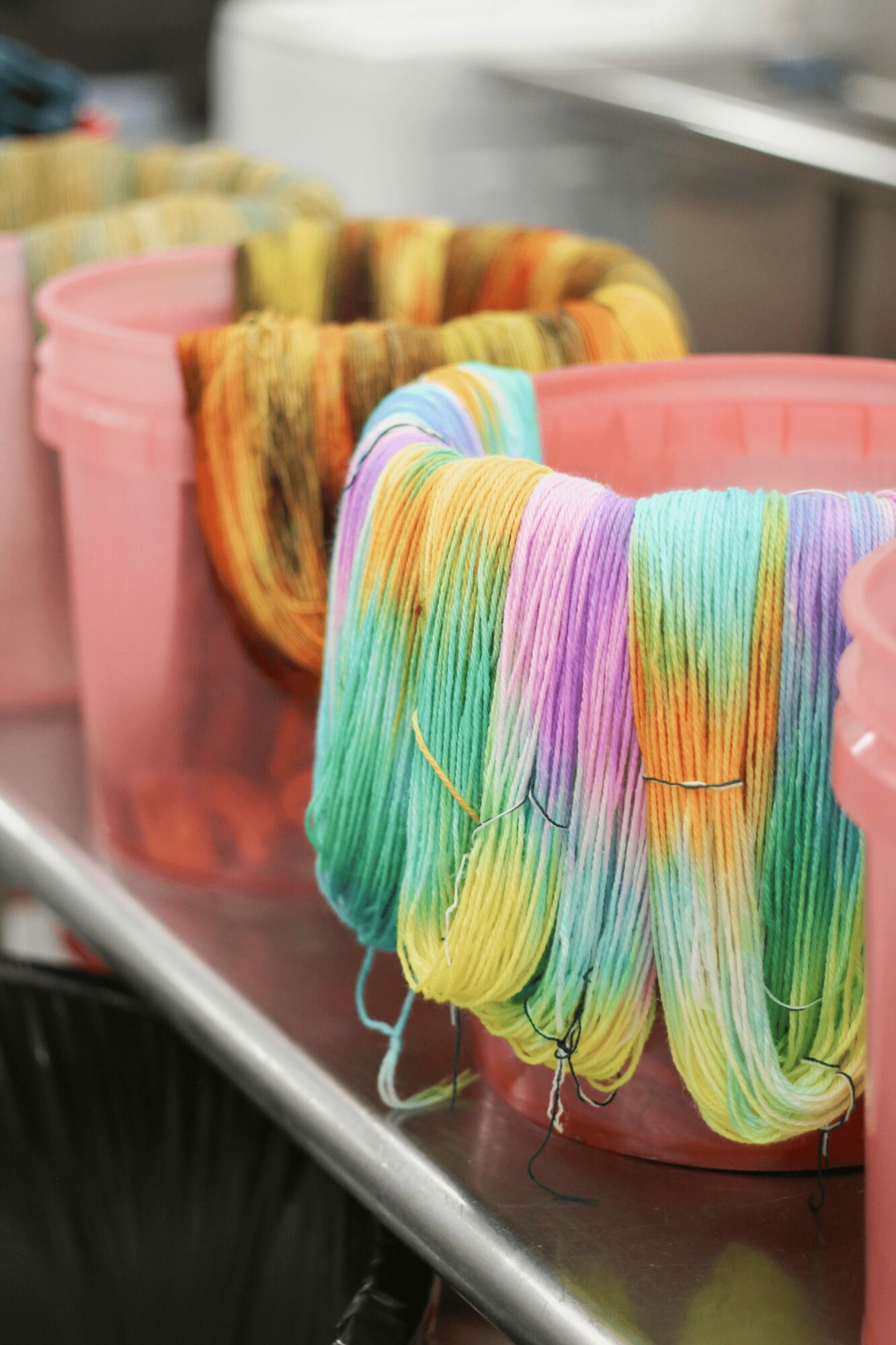
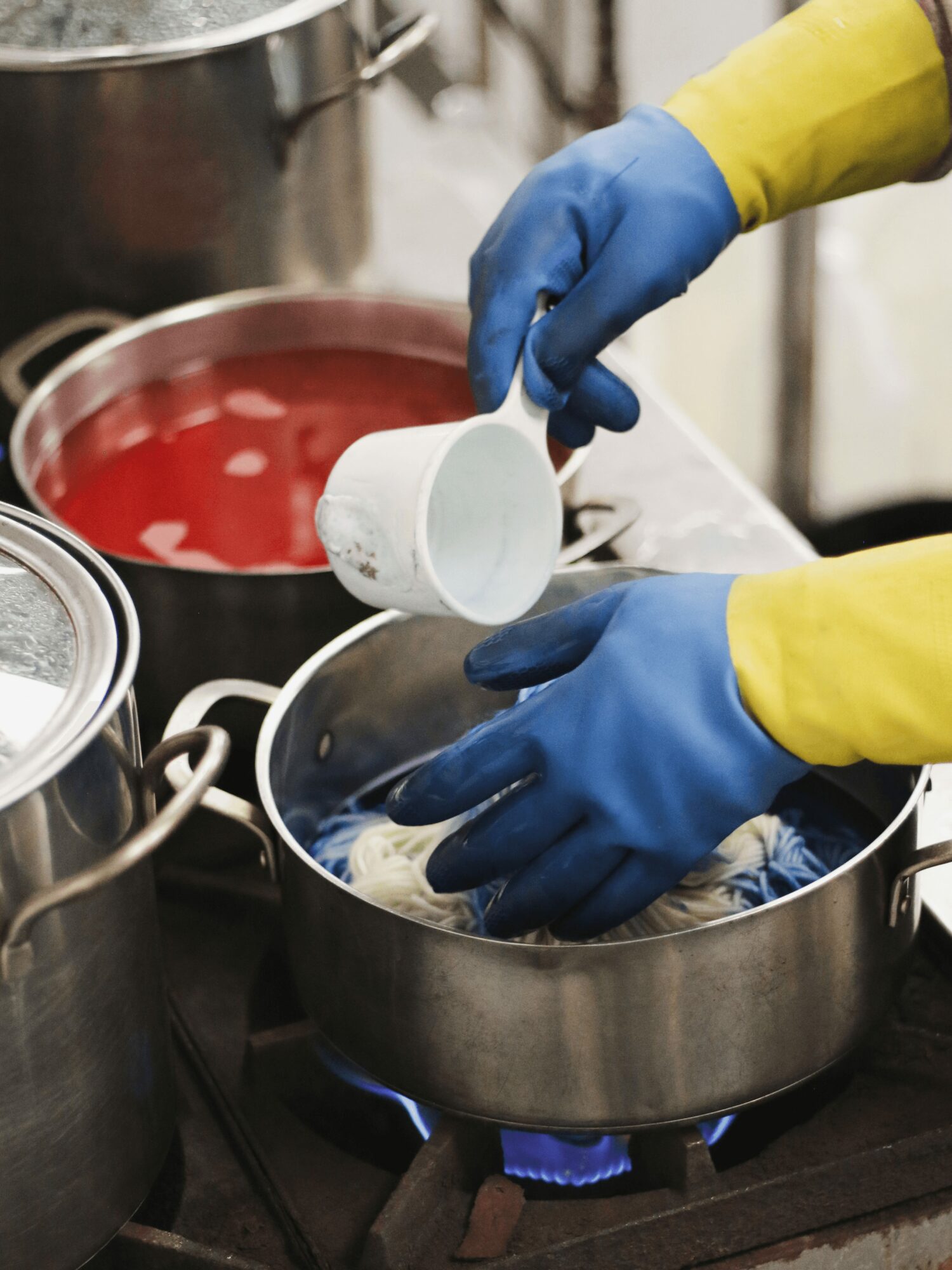
Image Credits:
www.Madelinetosh.com










